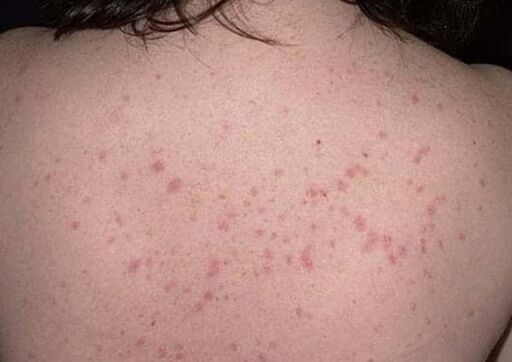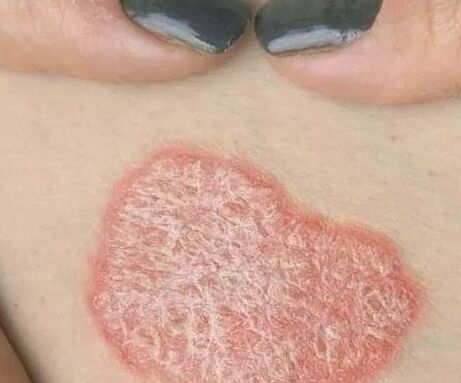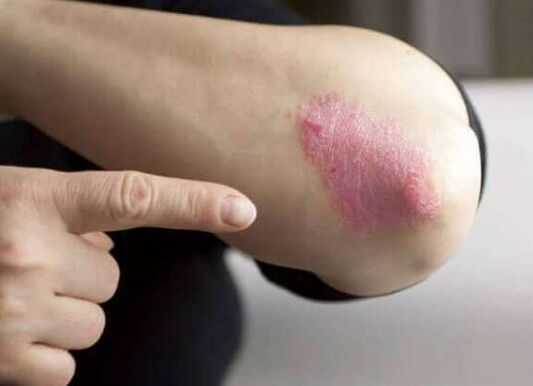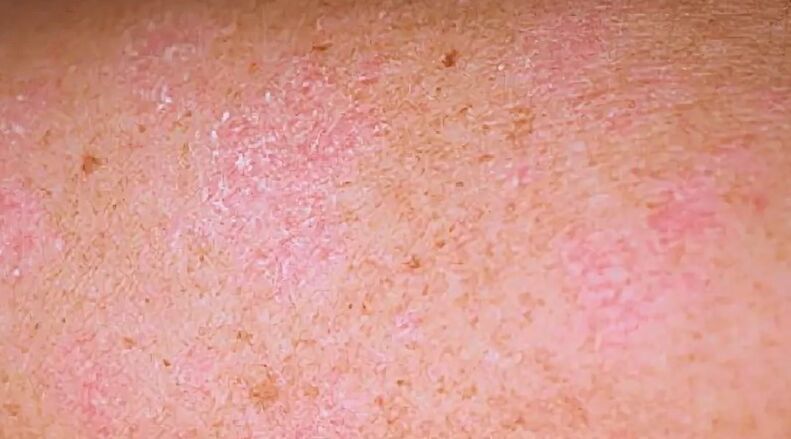Psoriasis, the disease that gives birth, leads its owner to shock, because since ancient times it has been considered a leprosy.Immediately it is almost invisible, manifested in the form of red plaques with a raid, but with the development of the disease, the formed points gradually join in a large, and then appear new lesions, in other areas of the skin, ugly the human body and sometimes bringing it to nonsense.Psoriasis, like other diseases, has its own stages and the sooner measures have been taken to combat the disease, the more opportunities to protect the body from complete damage.

What are the numbers talking about?
Among all skin diseases, psoriasis occupies almost a quarter of them.According to statistics, about 3% of people from all over the world have been hit by this pathology, the inhabitants of the northern countries are more likely to suffer, as well as with a moderate climate belt, but the tropical population, on the contrary, is subject to much less pathology.It is impossible to say at what age it does not have psoriasis, it can develop in any period of life.According to the monitoring of established diagnoses, the disease most often affects young people, on average at the age of 16-20 years, this is the time when significant hormonal changes are able to affect malfunctions in the body.The second increase in the disease is observed in people of mature age from 40 to 60 years.
US scientists have found that about 65% of patients have a mild form of a disease, in which the skin lesion is not more than three percent and, accordingly, does not affect the quality of life of the patient.In 25% of patients, this figure is about ten percent and in only 8% of people changes in the body exceed one tenth and can reach total.Another established fact suggests that more than half of patients have problems with carbohydrate exchange.
Stages of psoriasis
Pathology has a chronic form and, in the influence of certain factors, irritation occurs.Unfortunately, a complete cure of the disease is extremely rare, but it is quite possible to achieve forgiveness (hidden phase), which does not bring discomfort to the patient.
Initial phase
At this stage, the disease has just begun to manifest, rashes are formed on the skin, usually no more than one pin head, which grow with progress.Most often, the first papules appear on the curves of the arms and legs, as well as the site of previously formed wounds.It is characteristic of the first tiles that appeared in places shown for a long shortage of progress towards their growth, such papules are called patrols, they are arranged in parallel.Papules have a pink shade, a few days after their appearance, they are covered with a gray event, this action indicates the beginning of the death of the epithelium and the dress of a new one.When the skin is not affected, this process lasts about three weeks, but in people with psoriasis it lasts no more than 5-6 days, due to which the epithelium does not have time to renovate and manifest in the form of scaly plates.
Initial phase treatment

The main methods of therapy at this stage of the disease are in the local treatment of medication.They contribute to the removal of unpleasant sensations, which are mainly in itching, and also accelerate the healing process by reducing the inflammatory process.Ceratolytic medicines for external use are mainly prescribed, they contribute to the dissolution of the affected epithelium.Also get group A and D3 vitamins and use hormonal ointments.
Phase
The next step in developing pathology is the progressive phase.The papule is getting more and more, they are united among them on larger tiles, can be of different shapes and sizes.The surface is more abundant covered with gray scales, their main localization in the center of the plate, its periphery remains not on, shiny, pink.The main symptom of progress is considered to be the Kebner phenomenon, whose essence in isomorphic reactions, if the skin underwent an irritating or damage, for example, a scratch in this place, after about a week, new papules are formed.This period is approximate, as cases of their appearance were diagnosed after three days, and sometimes after twenty days.The duration of the progressive phase of psoriasis is so individual that it is quite difficult to call its approximate period.His average interval is from two weeks to several months.The scene name speaks itself, characterized by an increase in itching and significant progress in the abundance of new tiles, in fact, is a peak of irritation.Treatment in this period should only be complex and as coordinated as possible, should be present:
- medicines;
- physiotherapeutic actions;
- Compliance strictly with diet.
Depending on the complexity of the process and in the field of skin lesions, a number of medicines and procedures are described, we provide a general list of the necessary therapy, but it is important to understand that in different situations a dermatologist makes a decision in favor of a particular method.
Drugs:
- antihistamines;
- Pyrogenic;
- soothing;
- anti -inflammatory drugs;
- diuretics;
- Keratolytic ointments;
- Immunomodulators;
- corticosteroids;
- Cytostatics.

The last two groups of medicines are described only with particularly complex processes.
Physiotherapeutic procedures include:
- Puva-therapy;
- ultraviolet radiation;
- Paraffin applications.
Effective methods, especially with erythroderma and exudative psoriasis, are considered to be hemostorption and plasma.It also has a beneficial effect on both the physiological state and the psycho-emotional origin of the treatment of sanatorium resort, especially with sulfide and radon sources.
Motion
This period of the disease can continue an indefinite period, it replaces the progressive phase, but after some time, it can turn to it or go to the last, before the phase of remission, regression.This phase is characterized by the interruption of growth and the formation of new tiles, their surface is covered with a layer completely, up to the periphery, without leaving a pink edge along the edge of the papules.Discomfort in the form of itching or pain disappears.As a rule, the treatment complex continues with a slight adjustment from the progressive phase.
Important!Do not have it yourself, how soon you will turn to a specialist for professional, competent assistance, the success of treatment may depend.
Regressive
The process of irritation ends from the regression phase, it is characterized by a gradual resorption of the tiles.Their color is made of bright pink, and sometimes red, acquires a light pink tinge, gradually compared to the total skin color or fully bleached.The peeling passes and after a few months as a result of a comprehensive, intense treatment, forgiveness occurs.The papules disappear completely, with the exception of the particularly preferred locations of their localization, where the so -called duties in the elbows and knees are located.The period of forgiveness is also individual, in a hidden form of psoriasis, can be from several months to decades.Most often with irritation, patients face winter, with the exception of some forms of psoriasis.

This phase division is considered quite conditional and in the first visit to the dermatologist, the doctor cannot always determine the stage at which the patient's disease is located, this requires a certain monitoring.But with recurrent irritation, when the disease has been in the patient for years, he himself begins to navigate approximately at the pathology phase.
Unfortunately, world statistics show the growing spread of psoriasis.This phenomenon is explained by changes in ecology not for the better, the rapid pace of life and the related stress conditions.But, despite the spread of pathology and the inability of complete treatment, with properly regulated advantages and systematic preventive actions, psoriasis, can be in a long -term phase without preventing a person from living a full life.Be healthy!























